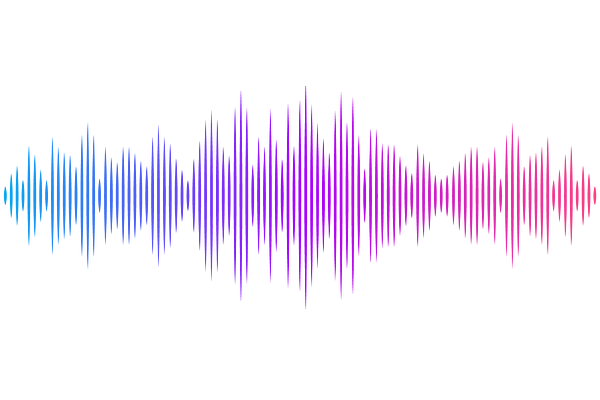Transport mechanism of DgoT, a bacterial homolog of SLC17 organic anion transporters

Transport mechanism of DgoT, a bacterial homolog of SLC17 organic anion transporters
Dmitrieva, N.; Gholami, S.; Alleva, C.; Carloni, P.; Alfonso-Prieto, M.; Fahlke, C.
AbstractThe solute carrier 17 (SLC17) family contains anion transporters that accumulate neurotransmitters in secretory vesicles, remove carboxylated monosaccharides from lysosomes, or extrude organic anions from the kidneys and the liver. We combined experimental and computational approaches to describe the transport mechanisms of a model bacterial protein, the D-galactonate transporter DgoT, at atomic resolution. We found that protonation of D46 and E133 precedes galacto-nate binding and that substrate binding induces closure of the extracellular gate, with the conserved R47 coupling substrate binding to transmembrane helix movement. After isomerization to an inward-facing conformation, deprotonation of E133 and subsequent proton transfer from D46 to E133 opens the intracellular gate and permits galactonate dissociation. After release of the second proton, apo DgoT returns to the outward-facing conformation. Our results provide a framework to understand how various SLC17 transport functions with distinct transport stoichiometries can be attained through subtle variations in proton and substrate binding/unbinding.